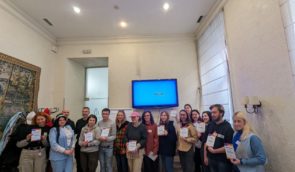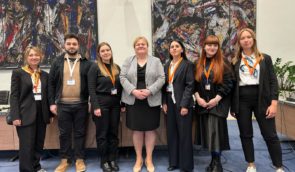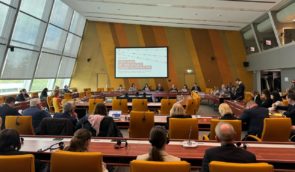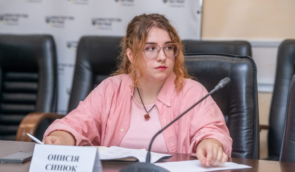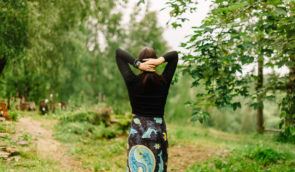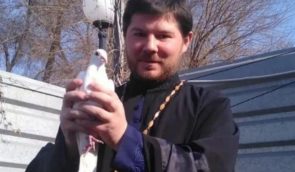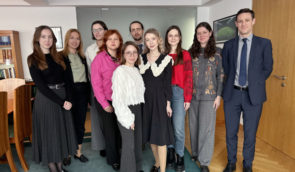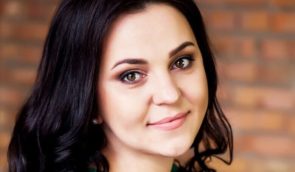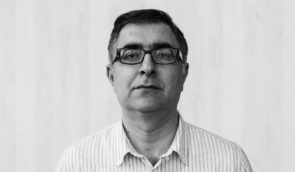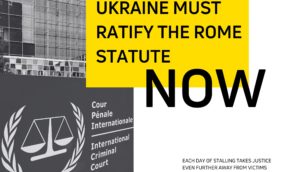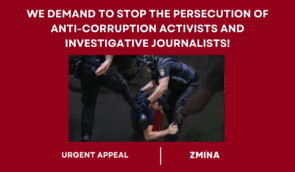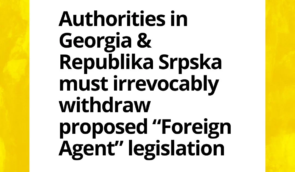Photo exhibition “Stories from occupied Crimea” opens in Lviv
Twenty-two photos of Ukrainian reporters Alina Smutko, Taras Ibragimov, and Alyona Savchuk are a unique chronicle of life on the peninsula illegally annexed by Russia and documentary evidence of repression against Ukrainian citizens, in particular representatives of the Crimean Tatar people.
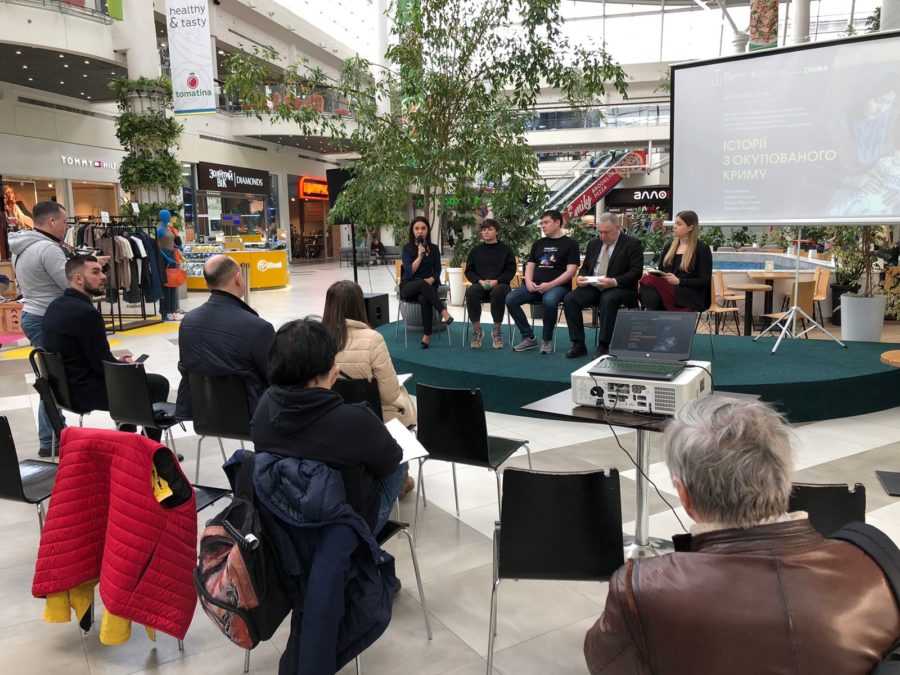
These photos were shown at the Victoria Gardens shopping mall (226-A Kulparkivska St., first floor) in Lviv on April 10.
Large-scale persecution began on the first day of the occupation of the Autonomous Republic of Crimea by Russian troops. More than 150 people, most of them Crimean Tatars, have been arrested in many cases for political reasons, 43 Ukrainian activists have been kidnapped, 11 of them are missing, and one man remains in custody.
Moreover, the Russian occupying power holds 15 journalists behind bars on politically motivated charges.
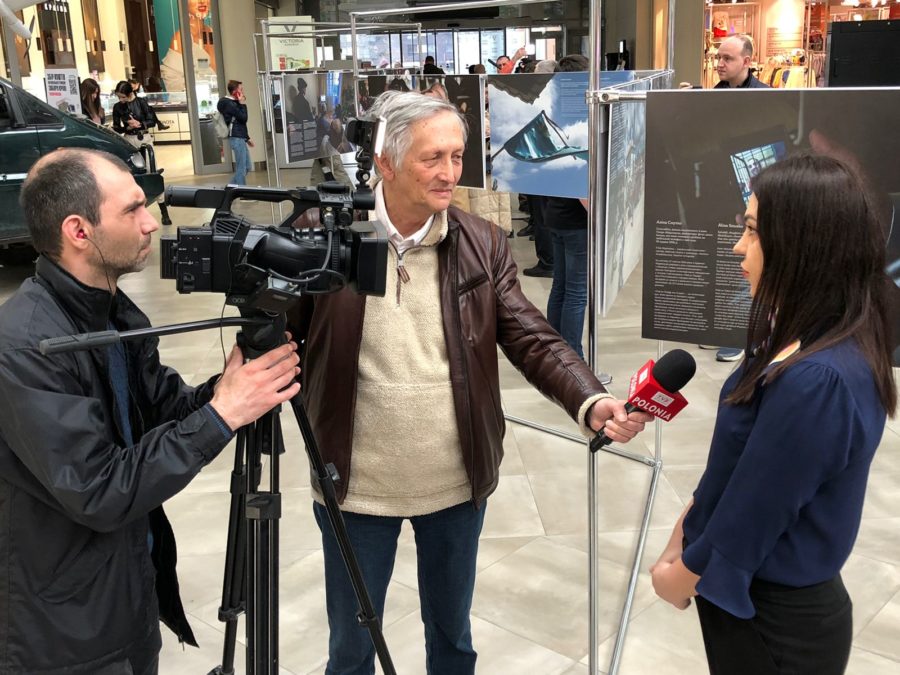
“Most of them are Crimean Tatar citizen journalists who cooperated with the Crimean Solidarity initiative which unites families of political prisoners, lawyers, activists. These are Seyran Saliyev, Marlen Asanov, Tymur Ibrahimov, Server Mustafayev, Osman Arifmemetov, Remzi Bekirov, Ruslan Suleymanov, Rustem Sheikhaliyev. Over the past year, the occupation authorities imprisoned three more citizen journalists: Iryna Danylovych, Vilen Temeryanov, and Ernes Ametov. Therefore, we can say that every tenth Crimean political prisoner is imprisoned because of journalistic activities,” Head of the Human Rights Centre ZMINA Tetiana Pechonchyk said at the exhibition opening.
In 2016-2018, Alyona Savchuk, one of the authors of the photo exhibition “Stories from occupied Crimea”, covered trials of Ukrainian political prisoners in occupied Crimea until the FSB banned her from entering the peninsula and the territory of Russia.
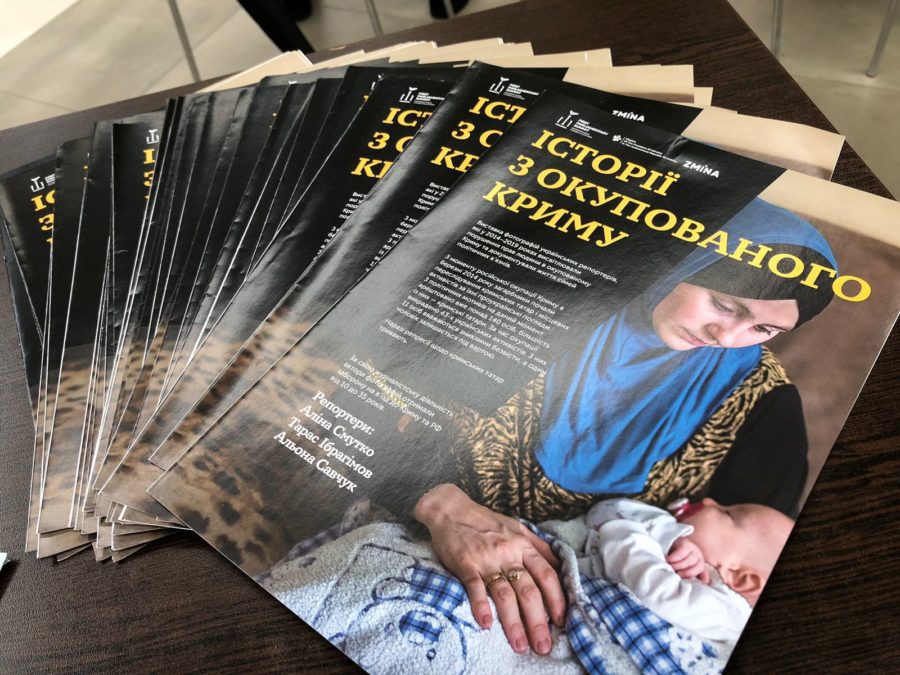
“These photos are a small part of all those stories from the occupation that we were lucky enough to see, hear, and broadcast. About people who remained at home despite intimidation and threats, arrests and courts, torture and humiliation of dignity by (pro-) Russian security forces. These are stories about the destroyed fates of hundreds of families, trumped-up terrorism, persecution on the ground of nationality, religion, and stance. But they are also about the love for native land and fellow citizens, solidarity and mutual support, belief in the victory of truth and goodness,” Savchuk said.
The presented photos were taken from 2014 to 2019 when the authors could still travel to Crimea. The Russian occupation administration banned them from visiting the peninsula for a period of 10 to 35 years.
After the full-scale invasion, Crimea became a prison for people kidnapped in the newly occupied territories, said Volodymyr Chekryhin, Deputy Chair of the Board of the Crimean Human Rights Group.
“Many of them are held in pre-trial detention center No. 2 which is fully supervised by the FSB. According to our data, at least 110 of our citizens are there. Over the past year, the pressure on the pro-Ukrainian population of Crimea has also increased. Two new articles have appeared that are used to prosecute people: about so-called fakes in the criminal code, and about discrediting the armed forces of the aggressor state in the administrative code,” the expert notes.
Petro Vyhivskyi, the father of political prisoner Valentyn Vyhivskyi, has also been fighting for his son’s release for many years: “My son has been illegally imprisoned in the Russian Federation for eight and a half years. He and another citizen of Ukraine, Viktor Shur, were charged with espionage and have been in Russian prison the longest — since 2014. Almost all the time, Valentyn is held in a cell-type facility and a punishment isolation cell. After the Russian full-scale invasion of Ukraine started, the detention conditions of Valentyn and other Ukrainians have significantly worsened. There is no consular supervision, the post office does not work, it is not possible to send parcels and transfer funds to the account. The psychological pressure from the guards and cellmates rose. Valentyn is in informational isolation and does not know what is happening in Ukraine now.”
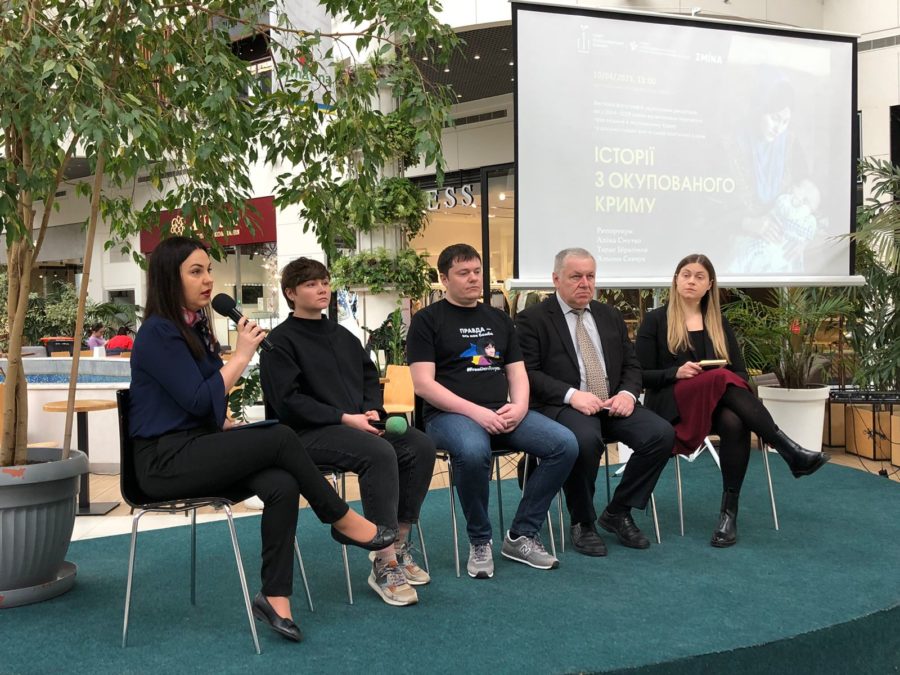
Maria Tomak, Head of the Crimea Platform Department at the Mission of the President of Ukraine in the Autonomous Republic of Crimea, also noted that the situation with political persecution in occupied Crimea worsened after the start of the full-scale invasion.
“Due to the almost complete isolation of Crimea from mainland Ukraine, it has become more difficult for us to receive information from there, and it is more dangerous for our citizens in Crimea to communicate with us. In the end, the vivid and tragic story of the deaths of two political prisoners – Kostiantyn Shyring and Dzhemil Hafarov – in custody clearly shows that Russia uses these people to intimidate our citizens in the occupation, as well as to put political pressure on Ukraine, blackmailing with the lives of our citizens who stay in places of detention under Moscow’s control,” Tomak believes.
Last October, the photo exhibition “Stories from occupied Crimea” was presented at the Parliamentary Summit of Crimea Platform (Zagreb, Croatia), in December – during the solemn events on the occasion of the 30th anniversary of the Mission of the President of Ukraine in the Autonomous Republic of Crimea.
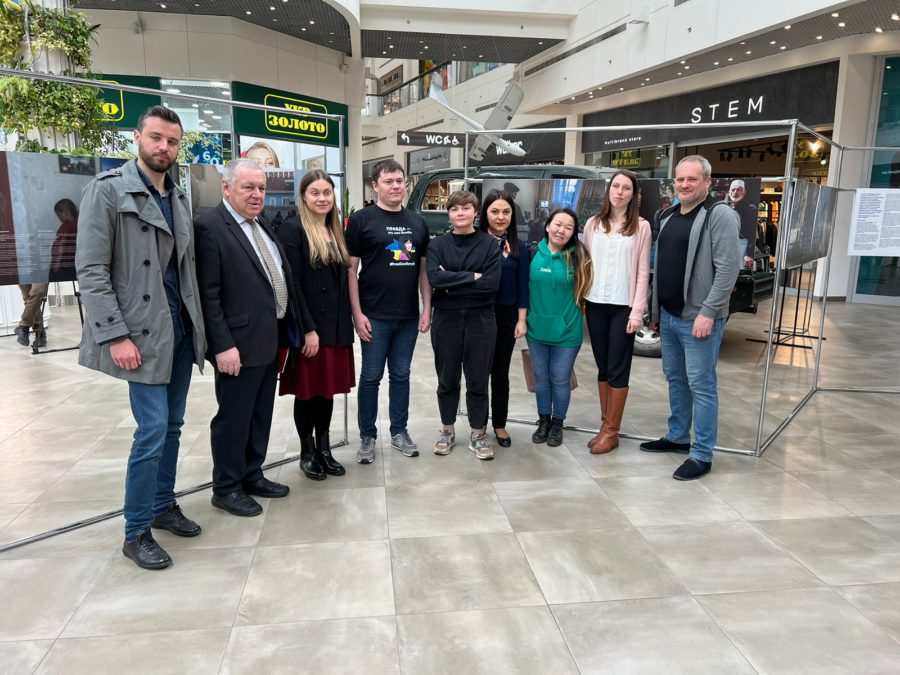
Lviv became the sixth city where the photo exhibition “Stories from occupied Crimea” was presented. Earlier, it was held in Khmelnytskyi, Kropyvnytskyi, Chernivtsi, Dnipro, and Lutsk. In Lviv, the exhibition will be open until April 20. In addition, this exhibition will be presented in Prague, Czech Republic, on April 12.
The photo exhibition was created by the Human Rights Centre ZMINA in cooperation with the Mission of the President of Ukraine in the Autonomous Republic of Crimea.

